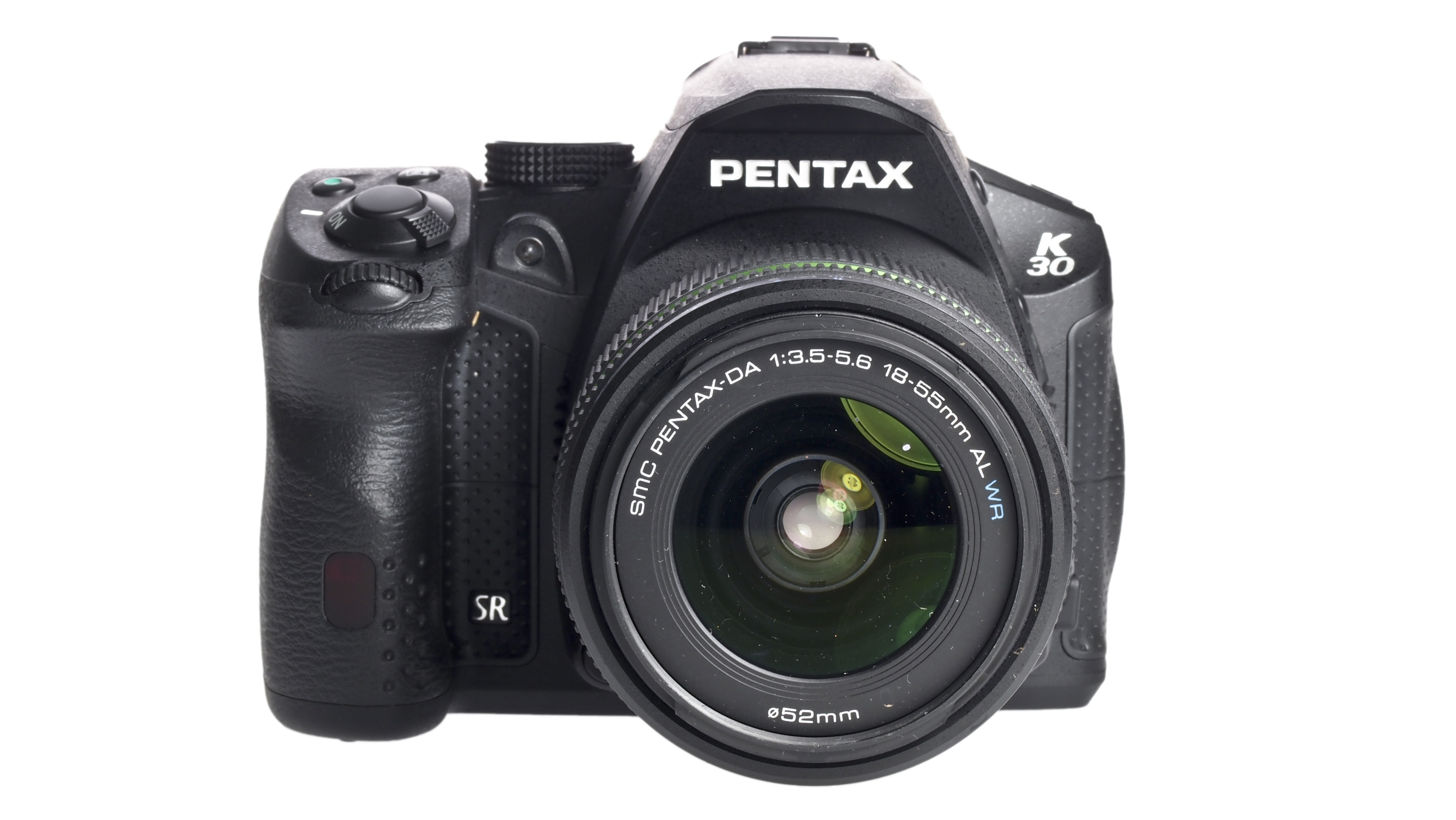TechRadar Verdict
Pros
- +
Weather-sealed body
- +
Stabilised sensor
- +
Detail-rich images
- +
Li-ion or AA batteries
Cons
- -
Slow AF with 18-55mm lens
- -
No external mic port
Why you can trust TechRadar
One of the benefits to photographers of Canon and Nikon being so dominant in the market is that other companies like Pentax have to think a little bit harder to offer prospective buyers something different.
In several cases this has resulted in manufacturers turning to compact system cameras (CSC) and abandoning their SLR line-up.
So after its flurry of activity in the compact system camera (CSC) market, bringing out the teeny-tiny Pentax Q and chunky K-01, it's great that Pentax is still interested in SLRs and has introduced the K-30. And with a weather-sealed body, high resolution LCD screen and a 100% viewfinder it seems like quite a compelling option sitting below the K-5 in Pentax's two camera SLR line-up.
Features
At the heart of the Pentax K-30 is an APS-C (23.7x15.7mm) format CMOS sensor with 16.28 million effective pixels.
This sensor is able to shift to correct camera shake. Pentax's Shake Reduction system functions just about whatever lens is mounted and can be set to the correct focal length if the camera cannot automatically detect the information.
In addition, when the Shake Reduction system is activated the K-30 can rotate the sensor automatically by up to 1 degree to correct the composition and avoid a sloping horizon. There's also a digital level display option for the viewfinder and LCD screen.
The same system allows image composition to be adjusted up, down or left or right by up to 1mm over 16 steps. It's hard to imagine this being used very often, but a 1mm movement at sensor level makes a reasonably significant difference, which could prove useful with critical still life or macro set-ups.
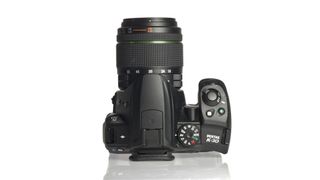
Pentax has coupled the sensor with the PRIME M processing engine that enables JPEG images to be captured at a maximum continuous shooting rate of 6fps, or 8 raw files at 3fps, and sensitivity to be set in the range ISO 100-25,600 with expansion enabled.
In addition, Full HD videos can be recorded at 30, 25 or 24fps in clips of up to 25min in length. Movies can be cut and joined together in-camera to make better footage.
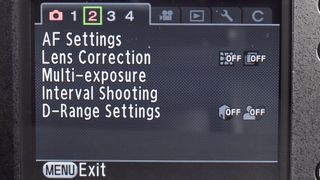
Autofocusing is handled by the new SAFOX IXi+ AF module that has 11 AF points, 9 of which are cross-type. Pentax says that the system takes the lighting conditions into account when calculating the focus and there's a new select-area expansion function for tracking moving subjects.
Pentax was pretty quick to introduce automatic HDR (high dynamic range) shooting in its SLRs and the K-30 has several options available for combining three images with bracketing of up to +/-3EV.
Shadow and Highlight Correction is also available to boost the dynamic range of individual images as they are shot and there are seven digital filter effects such as Toy Camera, Retro and High Contrast that can be applied to JPEG images as they are shot.
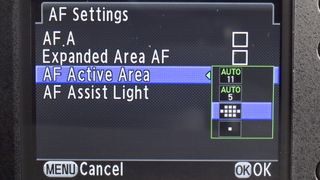
Enthusiast photographers may prefer the 11 Custom Image options as these can be used when shooting raw or JPEG files with aspects such as saturation, hue, high/low key, contrast and sharpness being customisable.
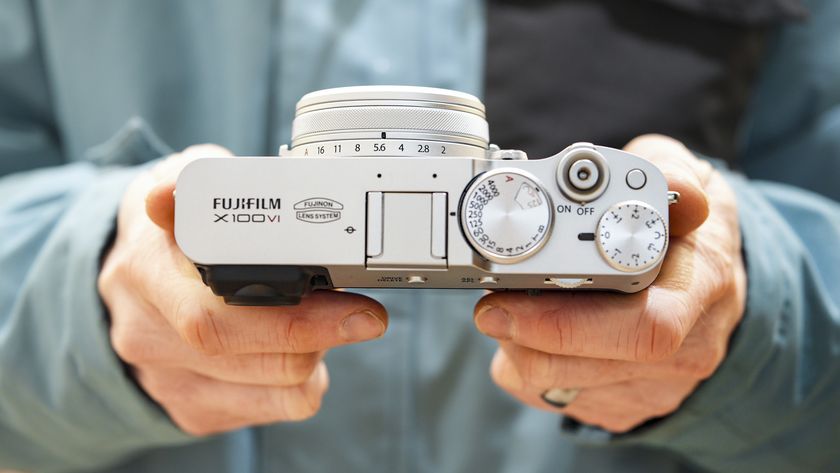
I review all the best camera phones, but I think Samsung and Apple should just copy the Fujifilm X100VI already

I tried Microsoft Copilot's iOS app, and here are 3 reasons why you should too

SpaceX and Apple reported spat could spell bad news for Starlink and your iPhone’s satellite communication features
